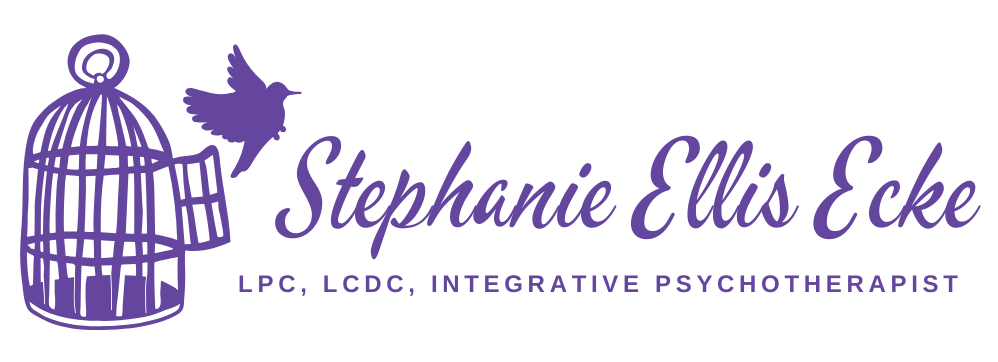Stockholm Syndrome: What is it?
Wikipedia defines it this way: “A paradoxical psychological phenomenon wherein hostages express adulation and have positive feelings towards their captors that appear irrational in light of the danger or risk endured by the victims”. This term came about in 1973 in Sweden when two bank robbers held four hostages, three women and one man, for 131 hours. The hostages were strapped with dynamite and held in a bank vault until they were finally rescued.
After their rescue, the hostages exhibited a shocking attitude considering they were threatened, abused, and feared for their lives for over five days. In their media interviews, it was clear that the hostages had bonded emotionally with their captors. Another way to put this is that the hostages had more empathy for their captors than they did for themselves and what they had been through. Stockholm Syndrome is what likely kept Jaycee Lee Dugard (rescued last year) with her captor for 18 years.Therapists are very accustomed to seeing this phenomena in victims of trauma, such as, abused children, battered women,
Prisoners of War, cult members, incest victims, criminal hostage situations, and concentration camp prisoners.
In our Healing Pathways 3-day Trauma Intensive, my co-therapist and I often look for signs of Stockholm Syndrome in the participants. It subtly shows up as super-loyalty to their childhood abusers and more awareness of their abusers’ (often their parents) feelings than their own… The client will say things like, “Yes, my mom abused me, but she had me so young, she didn’t know what she was doing.” or “My dad sexually molested me, but he was also molested as a child.”
All this sounds like the person truly has worked through something, but upon further questioning, they have not. To recover, trauma victims must first get back in touch with their child feeling reality that they have suppressed and minimized- what it felt like to be the child experiencing the pain that they suffered. The victim must in a way re-experience that pain and have empathy for themselves as the child who went through it and for the moment stop having empathy for the abuser. Empathy is very different from self-pity. It is is a special form of compassion. Being able to have compassion or empathy for ourselves as a child who experienced pain takes us out of the Stockholm Syndrome and moves us forward…….and is a vital first step toward self-love!
Easier said than done….Next post: How to develop empathy for ourselves.

